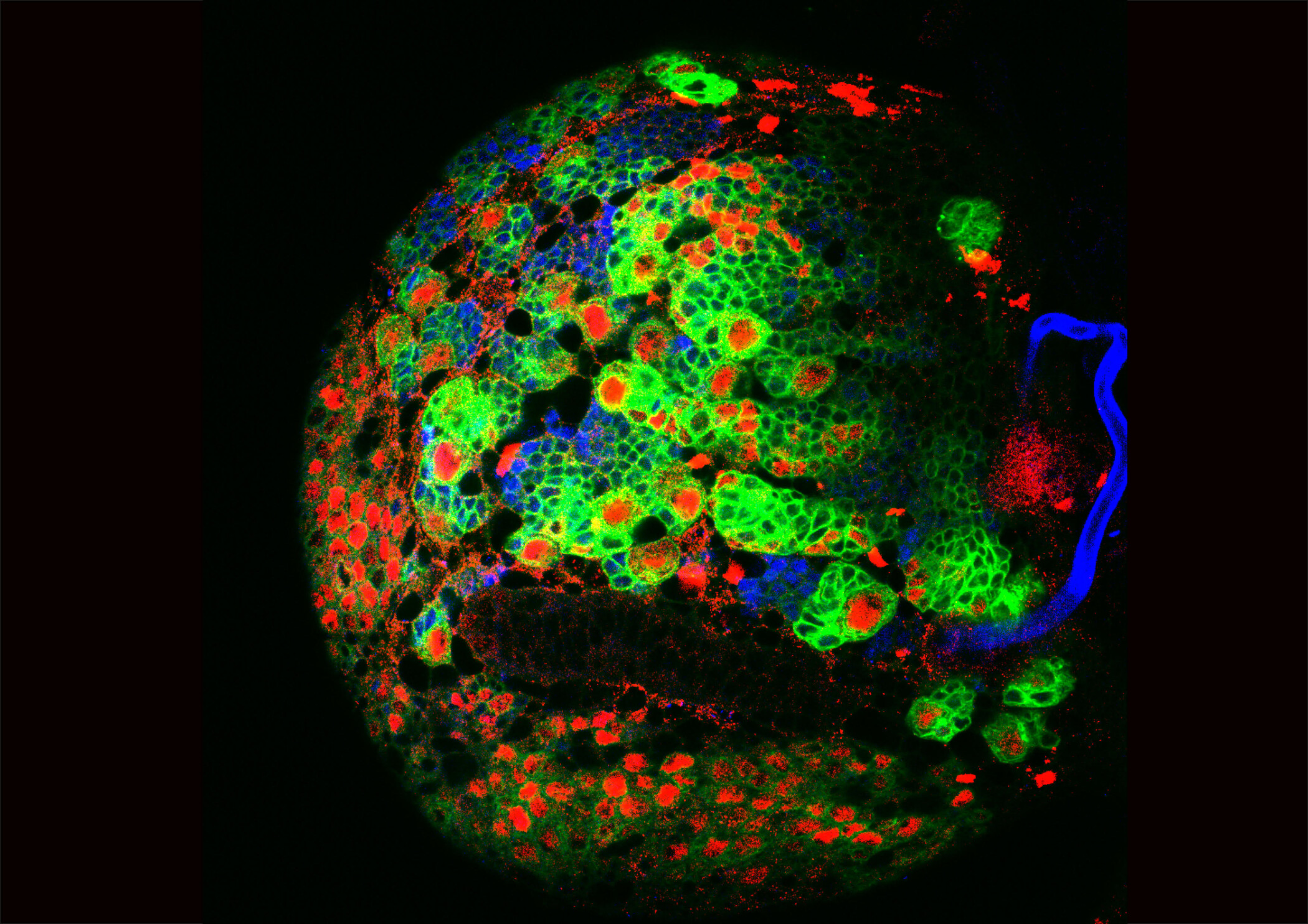How does a neural stem cell know its age?
The human brain consists of billions of neurons that come in a broad array of shapes and sizes to allow higher brain functions that are largely unique to humans: Verbal communication, the capacity to hold multiple tracks of complex information, the ability to think in the future, and even outside the box.
All this requires a complex network of neurons that have specialized to perform specific tasks. Despite their diversity, all neurons derive from a single population known as neural stem cells. As the brain develops, each neural stem cell divides to produce two daughter cells: one remains a stem cell, which can then divide again, and the other becomes a neuron.
But how can a limited pool of neural stem cells generate this diversity? To tackle one of the long-standing questions in developmental biology the Knoblich lab set out to track the developmental age of stem cells. This phenomenon is also known as the temporal identity of neurons and explains why different types of neurons are generated at different times. Merve Deniz Abdusselamoglu, ViennaBiocenter PhD student in the Knoblich lab, used Drosophila as a model system to study brain development, as in fruit flies the early stages of brain development are similar to the ones in mammals. “These finely tuned mechanisms of neuronal fate decisions are important for grasping how neurons are generated, how they integrate into circuits, and how they function in the brain,” says Deniz Abdusselamoglu.
In a recent study published in the open access journal eLife she could unveil part of the underlying mechanism behind temporal identity. The researchers developed a novel method to sort fly neural stem cells into groups based on their age. When comparing the different “age-groups” they found that a protein, called Opa, makes neural stem cells switch from being 'young' to being 'middle-aged'. Opa is activated by another protein, Osa, which in turn represses a protein called Dichaete. As Dichaete is mainly active in young neural stem cells, the actions of Osa and Opa push neural stem cells into middle age. The current study shows that a deep understanding of the mechanisms of temporal patterning can help explain the brain’s complexity.
“Our findings help us understand when and how these fundamental processes in the brain go wrong, disrupt development and cause disease, “says Jürgen Knoblich, Scientific Director of IMBA and last author of the study.
Original Publication: Abdusselamogluet al., “The transcription factor odd-paired regulates temporal identity in transit-amplifying neural progenitors via an incoherent feed-forward loop”, eLife , https://doi.org/10.7554/eLife.46566.001
